Introduction
In the vast tapestry of culinary traditions worldwide, few dishes evoke the warmth and comfort of home quite like clear-stewed lamb. This timeless recipe, often found in the heartlands of Asia and the Middle East, combines the rich, earthy flavors of lamb with the subtle, aromatic spices that have been cherished for centuries. Clear-stewed lamb, or “qing dun yang rou” in Chinese, is a dish that transcends linguistic and cultural boundaries, offering a simple yet profoundly satisfying meal that nourishes both the body and soul. This article aims to guide you through the intricate yet rewarding process of preparing this classic dish, ensuring that every spoonful brings you closer to the essence of culinary excellence.
Understanding the Ingredients
Before diving into the preparation, it’s crucial to understand the key ingredients that make clear-stewed lamb so special. The star of the show, of course, is the lamb. Ideally, you should opt for a cut that balances tenderness with flavor, such as shoulder, breast, or neck. These cuts contain a good amount of fat and connective tissue, which melt during slow cooking, resulting in a succulent, flavorful broth.
Other essential ingredients include fresh ginger, garlic, and onions, which provide a foundation of savory notes. Whole spices like star anise, cloves, and cinnamon sticks add depth and complexity to the broth. Chinese cooking wine or dry sherry can be used to enhance the aroma, while light soy sauce and sesame oil contribute subtle umami flavors. Don’t forget the vegetables – carrots, celery, and white radish add both color and nutrition to the dish.
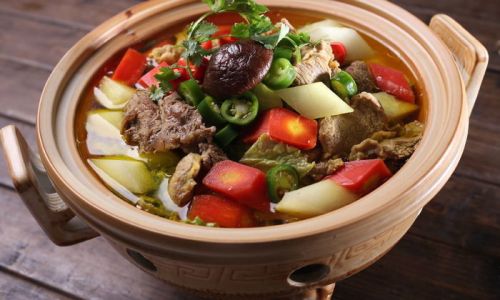
Preparing the Lamb
The first step in making clear-stewed lamb is to prepare the meat meticulously. Start by rinsing the lamb under cold running water to remove any blood or impurities. Pat it dry using paper towels to ensure that the meat doesn’t release excess moisture during cooking, which could dilute the broth.
Next, cut the lamb into bite-sized pieces. This not only makes it easier to eat but also ensures that the meat cooks evenly. Season the pieces lightly with salt and pepper, then set them aside while you prepare the aromatics.
Blanching the Lamb
Blanching is a crucial step that helps to remove any remaining impurities and tightens the meat’s texture, ensuring a cleaner, clearer broth. Fill a large pot with water and bring it to a rolling boil. Add a few slices of fresh ginger and a handful of green onions to the water to infuse it with additional flavors. Carefully drop the lamb pieces into the boiling water, making sure not to overcrowd the pot.
Blanch for about 3-5 minutes, skimming off any foam or scum that rises to the surface. This foam consists of impurities and proteins that could cloud the broth. Once the water is clear and the lamb has turned a pale gray, remove the pieces using a slotted spoon and rinse them under cold water to stop the cooking process. Drain well and set aside.
Assembling the Aromatics
While the lamb is blanching, prepare your aromatics. Peel and slice fresh ginger into thin rounds, crush garlic cloves with the side of a knife, and finely chop onions. Set these aside in separate bowls to maintain their flavors.
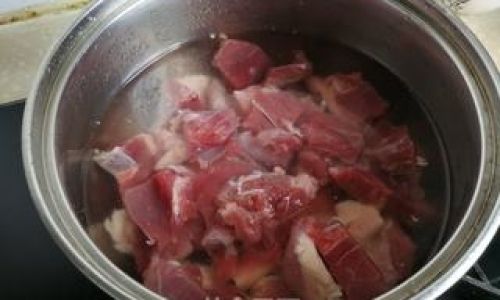
If using whole spices, toast them lightly in a dry pan over medium heat until fragrant. This step awakens their essential oils, making them more aromatic when cooked. Be careful not to burn them, as this will turn their flavors bitter.
Cooking the Broth
Now, it’s time to cook the broth. In a heavy-bottomed pot or Dutch oven, heat a tablespoon of vegetable oil over medium heat. Add the sliced ginger, crushed garlic, and chopped onions. Sauté until the onions are translucent and the aromatics are fragrant, about 3-4 minutes.
Add the blanched lamb pieces to the pot, stirring to coat them evenly with the aromatic oils. Pour in enough water to fully submerge the meat, then add the toasted spices, a splash of cooking wine or dry sherry, and a few tablespoons of light soy sauce. Bring the mixture to a gentle simmer, skimming off any remaining foam.
Reduce the heat to low and let the lamb cook slowly, uncovered, for about an hour. This slow cooking process allows the flavors to meld and the meat to become tender. After an hour, add the prepared vegetables – carrots, celery, and white radish, cut into similar-sized pieces to the lamb. Continue simmering for another 30-45 minutes, or until the vegetables are tender and the broth has taken on a rich, golden hue.
Seasoning and Serving
Taste the broth and adjust the seasoning with additional salt and pepper if necessary. Remember, the flavors should be balanced and harmonious, neither too salty nor too bland. If you prefer a slightly sweeter broth, you can add a few slices of fresh carrot or a piece of dried orange peel during the final stages of cooking.
Once the lamb and vegetables are tender and the broth is flavorful, turn off the heat. Allow the clear-stewed lamb to rest for a few minutes before serving. This resting period helps the flavors to settle and the meat to retain its juices.
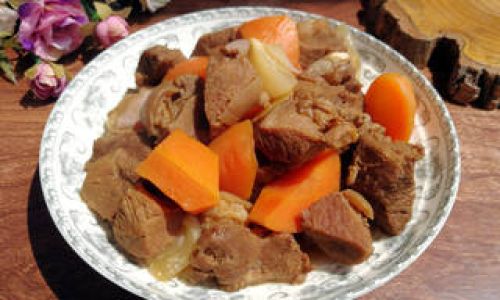
Garnishing and Presentation
Before serving, garnish the clear-stewed lamb with chopped green onions, cilantro, or a sprinkle of sesame seeds for added color and freshness. A drizzle of sesame oil can also enhance the dish’s aroma and flavor.
Present the clear-stewed lamb in a warm serving bowl, ensuring that each serving includes a generous portion of meat, vegetables, and broth. Serve with steamed rice or noodles to soak up the delicious juices, and perhaps a side of pickled vegetables or spicy sauce to balance the richness of the dish.
Conclusion
Mastering the art of clear-stewed lamb is a journey that requires patience, attention to detail, and a deep appreciation for the simple yet profound beauty of slow-cooked foods. By following these steps and embracing the nuances of each ingredient, you can create a dish that not only nourishes your body but also connects you to the rich culinary heritage of countless generations.
Clear-stewed lamb is more than just a meal; it’s a testament to the power of time, tradition, and the art of cooking. So, the next time you find yourself in the kitchen, invite friends and family to share in this culinary experience, and let the warmth of clear-stewed lamb bring you all together. Happy cooking!
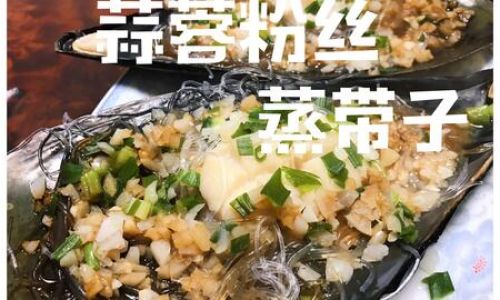
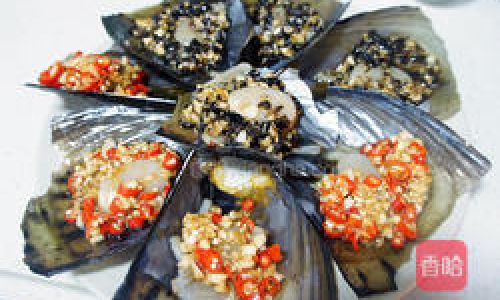
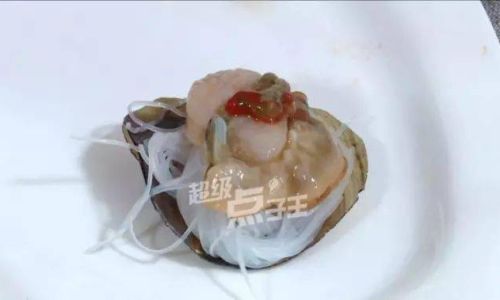
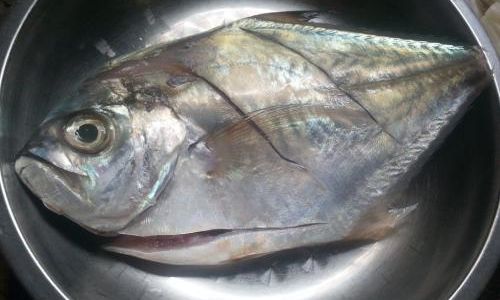
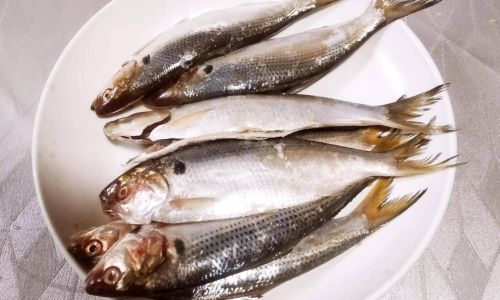
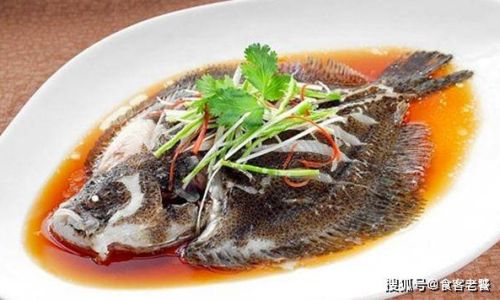
0 comments